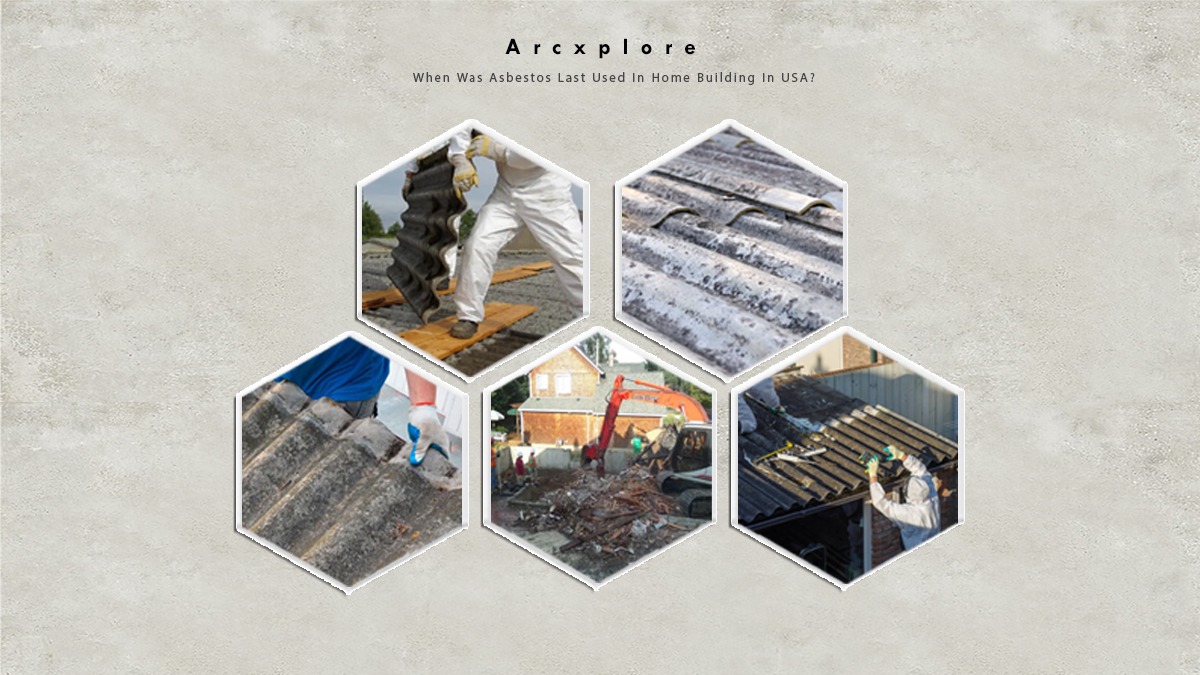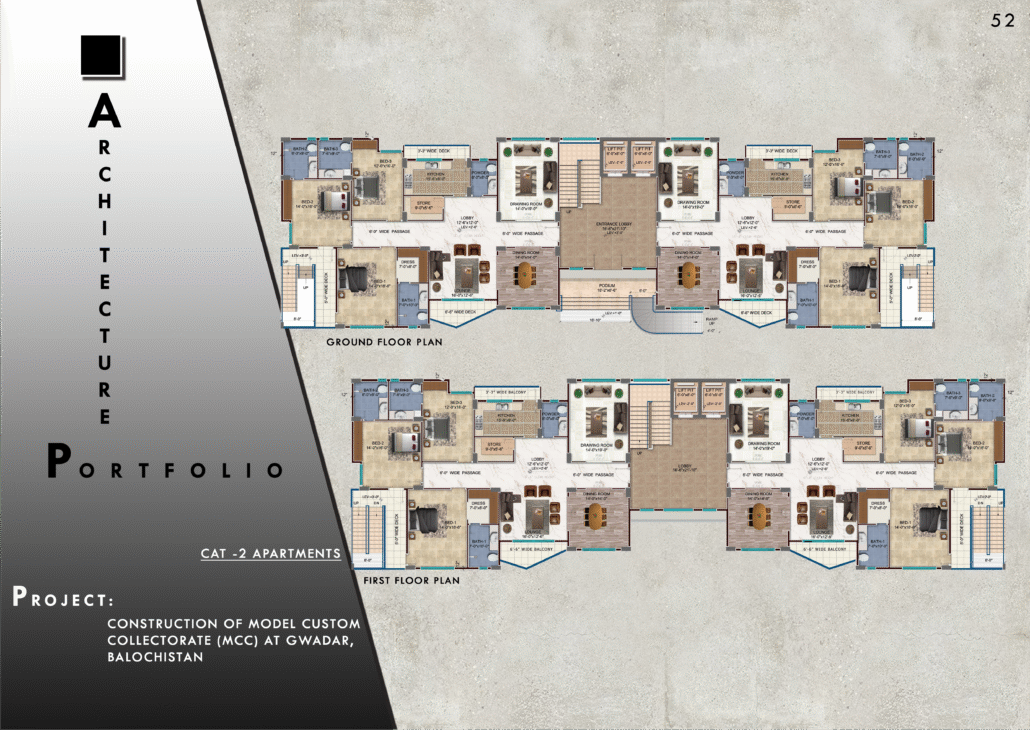When was Asbestos Last Used in Home building in USA?
Asbestos, once heralded as a miracle material for its fire-resistant and insulating properties, was widely used in home building in the United States for much of the 20th century. However, due to growing concerns about its health hazards, asbestos was phased out of use in the construction industry. In this article, we will explore the history of asbestos use in home building in the USA, the health risks associated with asbestos, and when it was last used in residential construction.
The Rise of Asbestos in Home Building:
Asbestos is a naturally occurring mineral known for its remarkable properties. It is resistant to heat, fire, electricity, and corrosion, making it an ideal material for a wide range of applications, including construction. The use of asbestos in home building in the United States began to gain momentum in the late 19th century, and it reached its peak during the mid-20th century.
Asbestos Products in Homes:
Asbestos was used in various building materials and components in residential construction. Some of the most common uses of asbestos in homes included:

1) Insulation:
Asbestos was used in insulation materials such as asbestos-containing vermiculite, which provided thermal and acoustic insulation in walls and attics.
2) Roofing:
Asbestos cement shingles and corrugated sheets were used for roofing, providing durability and fire resistance.
3) Flooring:
Asbestos-containing vinyl tiles and linoleum were popular for their durability and ease of maintenance.
4) Siding:
Asbestos-cement siding provided homes with a fire-resistant and low-maintenance exterior finish.
5) Textured Ceilings and Wall Coatings:
“Popcorn” or “cottage cheese” textured ceilings and textured wall coatings often contained asbestos.
6) Pipes and Ducts:
Asbestos insulation was widely used to wrap pipes and ducts, as well as in furnace and boiler insulation.
7) Caulking and Joint Compounds:
Asbestos was used in caulking and joint compounds to seal gaps and joints.
8) Electrical Components:
Some electrical panels and wiring insulation contained asbestos.
Health Risks of Asbestos:
Despite its many practical applications, asbestos is associated with significant health risks. When asbestos-containing materials are damaged or disturbed, they release tiny, inhalable fibers into the air. Prolonged exposure to these fibers can lead to severe health conditions, including:
1) Asbestosis:
A chronic lung disease characterized by scarring of lung tissue, causing shortness of breath and coughing.
2) Lung Cancer:
Asbestos exposure increases the risk of developing lung cancer.
3) Mesothelioma:
A rare and aggressive cancer that primarily affects the lining of the lungs, abdomen, and other internal organs.
4) Other Respiratory Conditions:
Asbestos exposure can lead to various non-malignant respiratory conditions, including pleural plaques and pleural effusions.
Regulation and Phase-Out of Asbestos:
The health risks associated with asbestos exposure became increasingly evident in the mid-20th century. As a result, regulatory agencies and organizations began taking action to restrict and eventually phase out its use in construction. Key milestones in the regulation of asbestos in the United States include:
1) Clean Air Act (1970):
The U.S. Environmental Protection Agency (EPA) was given authority to regulate hazardous air pollutants, including asbestos.
2) Toxic Substances Control Act (TSCA) (1976):
TSCA gave the EPA authority to regulate the manufacturing, processing, and distribution of asbestos-containing products.
3) Asbestos Hazard Emergency Response Act (AHERA) (1986):
AHERA required schools to inspect for asbestos-containing materials and develop management plans for their safe removal or containment.
4) Asbestos Ban and Phase-Out Rule (1989):
The EPA attempted to ban nearly all uses of asbestos, but this rule was overturned in court. As a result, some limited uses of asbestos continued.
When Was Asbestos Last Used in Home Building in the USA?
The last use of asbestos in residential construction in the United States varied by state and local regulations, as well as the type of product. After the 1989 EPA ban was overturned, some limited uses of asbestos remained legal, and the regulations surrounding its use continued to evolve. Here are some key points regarding the last uses of asbestos in home building:
1) Roofing and Siding:
By the early 1990s, asbestos-containing roofing and siding materials were largely phased out of the residential construction industry in the United States. However, existing asbestos-containing roofs and siding may still be in place today.
2) Flooring and Insulation:
Asbestos-containing flooring materials and insulation products saw decreased use in the 1970s and 1980s. By the 1990s, the use of such materials had significantly declined, and alternative products had become more common.
3) Caulking and Joint Compounds:
The use of asbestos-containing caulk and joint compounds in home construction had decreased significantly by the 1980s. These products were largely phased out due to health concerns.
4) Textured Ceilings:
Textured ceilings containing asbestos were commonly used until the 1970s. After that, their use was gradually reduced, and safer alternatives were employed.
5) Pipes and Ducts:
Asbestos insulation on pipes and ducts began to be phased out in the 1970s. The removal and replacement of asbestos insulation in older homes have been recommended to mitigate health risks.
6) Electrical Components:
Asbestos-containing electrical components, such as wire insulation, were phased out in the 1970s and 1980s. Safer alternatives became the industry standard.
It’s important to note that while the use of asbestos in new residential construction declined significantly by the 1990s, existing homes built with asbestos-containing materials remained in use. Many homeowners and renovation professionals have since taken steps to identify and safely remove or encapsulate asbestos-containing materials to reduce health risks.
Conclusion:
Asbestos was widely used in home building in the United States for much of the 20th century, primarily due to its fire-resistant and insulating properties. However, concerns about the health risks associated with asbestos exposure led to its phasedown and eventual restriction. The last uses of asbestos in residential construction in the USA varied by product and location but generally decreased by the 1990s. The legacy of asbestos in older homes underscores the importance of proper identification and management to protect the health of occupants and workers involved in renovations and maintenance.








